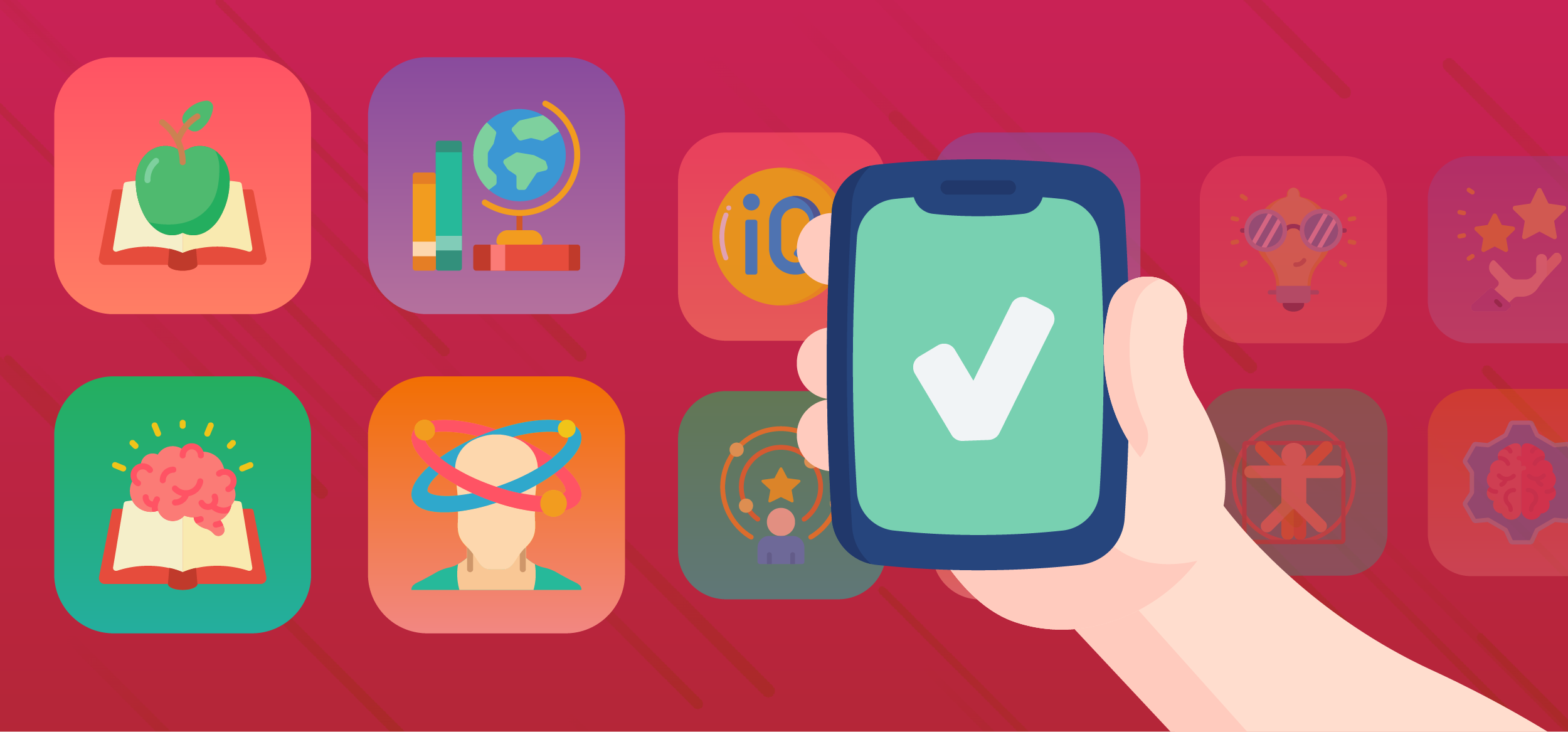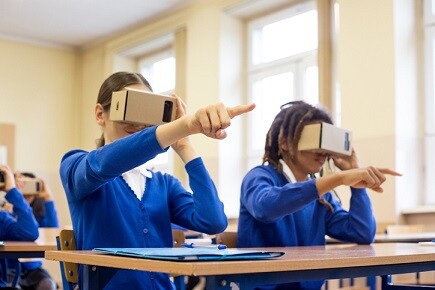Emerging Trends & Future of EdTech
The article examines the transformative impact of educational technology (EdTech) on modern teaching and learning environments. Key trends include...
You must be logged in to the LATechNet portal to view additional resources.
3 min read
 Aria - LATechNet Team
:
Jun 29, 2025 6:02:45 AM
Aria - LATechNet Team
:
Jun 29, 2025 6:02:45 AM

We've all faced it—rows of students staring blankly ahead, seemingly disconnected from the lesson. Traditional teaching methods, like lectures and routine worksheets, often struggle to capture students' attention and keep them genuinely interested. It's not that these methods aren't useful, but sometimes they just don't speak the language of today's learners.
This is where gamification comes into play. Gamification means applying game-like elements, such as scoring points, earning badges, or competing in friendly challenges, into the classroom setting. It's not turning school into a video game, but rather borrowing the fun, interactive parts of games to boost learning and motivation.
Incorporating innovative approaches like gamification can spark curiosity and excitement, encouraging students to actively participate and deeply engage with their studies. When students enjoy learning, they're more likely to remember information and develop a genuine love for discovery.
Gamification can remarkably boost academic performance. For example, a recent study indicated that gamified math lessons led to a 34% increase in student test scores compared to traditional methods (soocial.com). By turning lessons into engaging games, students actively participate, enhancing their overall learning outcomes and achievement.
One of the biggest advantages of gamification is that it makes learning fun, increasing student motivation. In fact, research shows 67% of U.S. students prefer gamified learning experiences over traditional approaches (soocial.com). Popular techniques like points systems, leaderboards, and badges keep students eager to participate, turning everyday classroom activities into exciting challenges.
Gamification isn't just enjoyable; it also helps students retain information better. Studies suggest gamified learning can enhance knowledge retention by up to 90%, compared to traditional teaching methods (soocial.com). This success happens because game elements tap into psychology, making learning memorable and helping students recall information more effectively in the long term.
When learning feels like playing a game, students are more likely to stick with it. Gamification strategies have been shown to improve online course completion rates by 30% (hackerstone.com). By incorporating gamified elements into online and hybrid courses, schools can boost student persistence, reducing dropout rates and motivating learners to finish what they've started.
Teachers using gamification observe more than just academic benefits; the classroom environment also improves significantly. Around 85% of educators report better student behavior and increased attention after introducing gamification strategies (hackerstone.com). Additionally, gamification encourages teamwork, collaboration, and positive social interactions, creating a more supportive and interactive classroom community.
Gamification can truly energize classroom learning by turning lessons into exciting adventures. One popular way to do this is through quests and challenges, where students solve problems to advance to new levels or unlock rewards. Reward systems, like badges, points, or certificates, give students instant recognition and motivate them to continue learning. Interactive storytelling can also boost engagement by placing students directly into the narrative, allowing them to explore and make decisions that shape the story.
Leaderboards encourage friendly competition among students, motivating them to put in their best effort to see their names rise to the top. Another powerful method is using simulations and scenario-based learning, where students practice real-life skills in a safe, virtual environment. For example, a middle school in Texas successfully implemented a quest-based math program, resulting in higher participation rates and improved test scores. Similarly, an elementary school in California saw reading comprehension rise dramatically after introducing an interactive storytelling approach.
Introducing gamification into schools can feel exciting, but educators often face a few bumps along the way. One common challenge is cost—buying software or devices can stretch tight budgets. Another hurdle is technological infrastructure; some schools simply don't have strong Wi-Fi or enough computers. Plus, teachers might feel unsure or overwhelmed without proper training or support, making it tricky to fully embrace gamification.
The good news is that these challenges aren't impossible to overcome! Schools can provide professional development workshops to help teachers feel confident and ready. Starting small, with phased implementations, helps everyone adjust step-by-step without feeling pressured. Also, leveraging existing resources—like free online gamification tools or school tablets already on hand—can ease cost worries. With patience, creativity, and teamwork, gamification can become a fun and rewarding part of classroom learning!
When it comes to bringing gamification into the classroom, LATechNet is a trusted partner specializing in IT solutions tailored specifically for educational institutions. With extensive experience, LATechNet designs customized gamification software and apps aligned closely with your school's curriculum. Imagine interactive games and engaging apps that directly support learning goals!
Beyond software, LATechNet offers robust infrastructure support, providing secure, cloud-based systems to host your gamified learning platforms smoothly and safely. They understand that technology is just one piece of the puzzle, which is why LATechNet also provides ongoing technical support, training, and professional development. Teachers and staff receive hands-on guidance, making it easy and enjoyable to integrate gamification into daily classroom activities.
Additionally, their analytics and reporting tools help schools track student engagement and measure academic performance, ensuring gamification strategies truly boost student motivation, engagement, and academic success.
Gamification offers a fresh, exciting way to get students truly involved in their own learning journeys. By adding game-like elements—such as challenges, badges, leaderboards, and rewards—schools can create environments that motivate students, boost participation, and make learning fun. Not only does gamification increase student engagement, but it also strengthens problem-solving skills, fosters collaboration, and helps students feel more connected to their education.
For educators looking to make a meaningful impact, embracing gamification can be a powerful step forward. By adopting these playful yet educational strategies, schools have the opportunity to transform classrooms into dynamic spaces where students eagerly participate and confidently grow. It's time to explore gamification and open the door to a more engaged and enthusiastic approach to learning.

The article examines the transformative impact of educational technology (EdTech) on modern teaching and learning environments. Key trends include...

The article discusses the transformative impact of educational technology in classrooms by 2025, highlighting tools like AI-powered tutors and...

Introduction Remember when classroom technology meant overhead projectors and bulky desktop computers? We've come a long way since then! Educational...